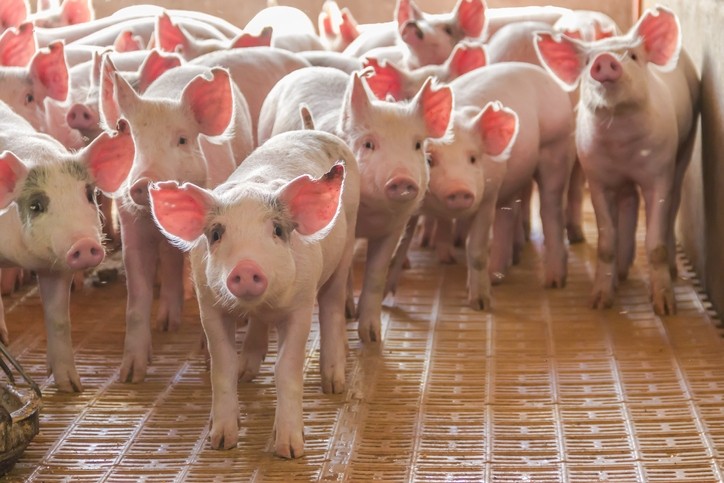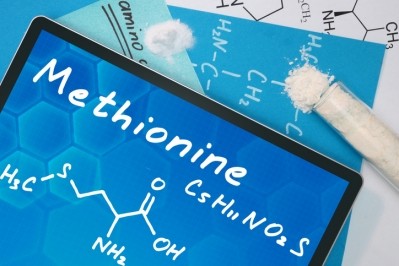Swine producers told to rethink amino acid ratio in antibiotic free diets

The research, published in the journal, Animals, looks at how additive amounts in antibiotic-free (ABF) diets differ from some recommendations listed in the National Research Council’s (NRC) nutrient requirement standards.
Dr Ping Ren, the Novus research scientist who led the research, said it was both timely and necessary due to the shifting trend toward ABF diets for piglets around the world.
“We know, without antibiotics, pathogens cause immune stimulation and an increase in amino acid requirements – especially total sulfur amino acids since they are important for antioxidant status and immunity. Pathogen response causes the nutrients in total sulfur amino acids to be diverted from growth, instead being used to optimize immune function.
“We saw a need to fill the information gap and determine the total sulfur amino acid requirement in nursery pigs raised without antibiotics.”
Literature review
He told FeedNavigator the team conducted a literature review of the historical total sulfur amino acids studies in nursery pigs to have an overall understanding of the work done date.
“From the literature, we know the previous studies were based on an antibiotic regime.
“To the best of our knowledge, we are not aware of published results regarding optimal total sulfur amino acids requirement in nursery pigs under antibiotic-free (ABF) production, which is becoming more commonplace."
Novus partnered on the research work with swine genetic company, Genus PIC, North America. Based on the nutrient recommendations from the National Research Council (NRC) and the genetic experts, Ren said the team conducted two studies to determine the optimal ratio of standardized ileal digestible total sulfur amino acid to lysine in nursery pigs under ABF.
The researchers first looked at the effect of increasing the standardized ileal digestible (SID) total sulfur amino acid to lysine (TSAA:Lys) on the growth performance of nursery pigs fed with or without antibiotics.
Secondly, they tried to determine the optimal SID TSAA:Lys for nursery pigs fed without antibiotics.
Findings
In the first study, researchers found that the nursery pigs fed diets without antibiotics had a greater SID TSAA:Lys requirement (> 66%).
Using Novus’s MHA feed supplement, a dry, granular source of methionine, the second study found the optimal SID TSAA:Lys for average daily gain and gain to feed in nursery pigs during the first 21 days post-weaning were 62% and 72%, respectively, indicating that SID TSAA:Lys under an ABF regime in the early nursery period was 13% to 31% greater than the NRC (2012) recommendation.
Moreover, a SID TSAA:Lys of approximately 58% was required to maximize average daily gain and gain to feed for the late nursery phase, indicating that SID TSAA:Lys in ABF diets in the late nursery period was 5% higher than the NRC (2012) recommendation, they said.
Dr Ren said the findings are applicable to swine producers globally. “But since we used PIC genetics, the outcome of the research may be more applicable to PIC genetics. For other genetics, the results may be slightly different.”
The Novus team will now look to disseminate the results widely.








